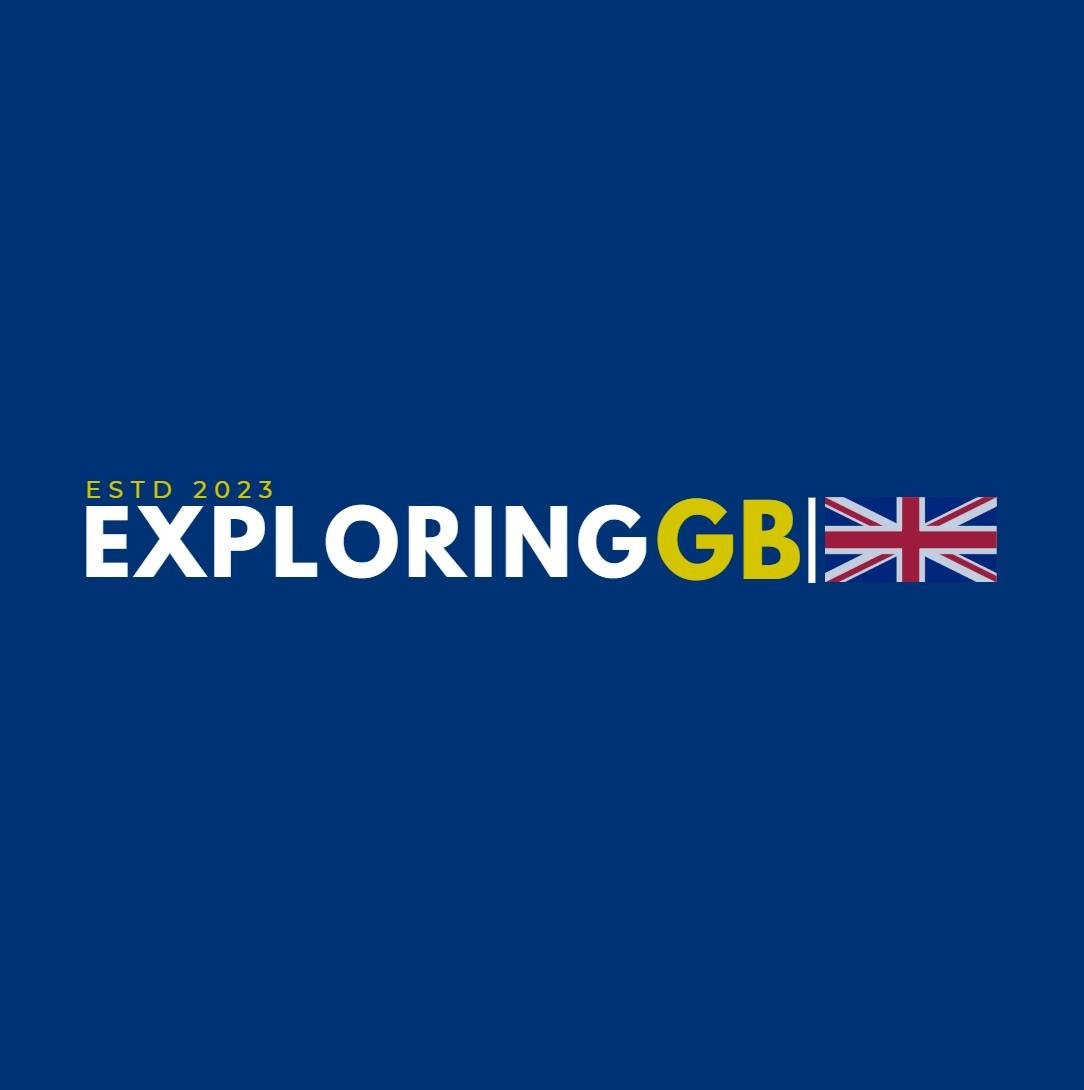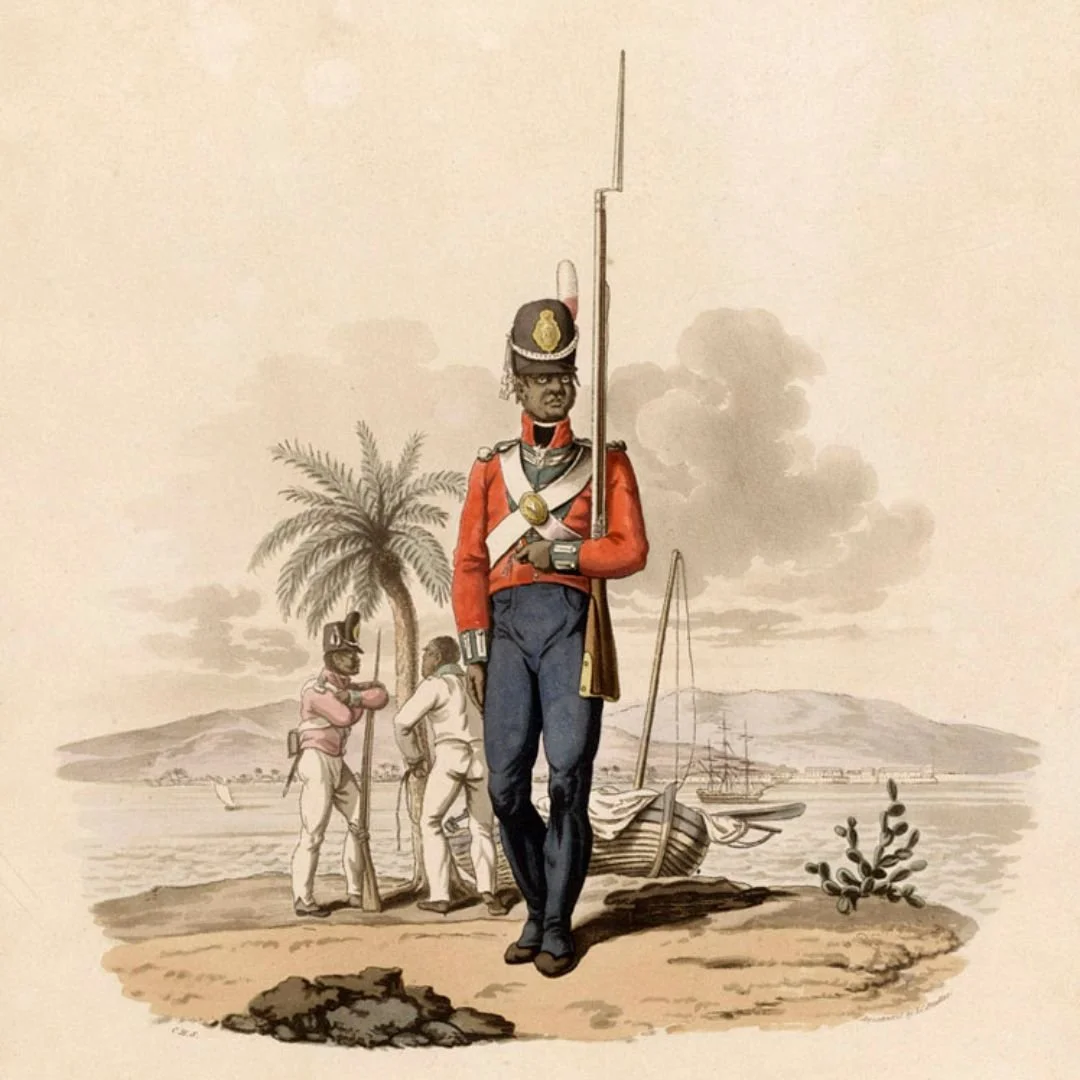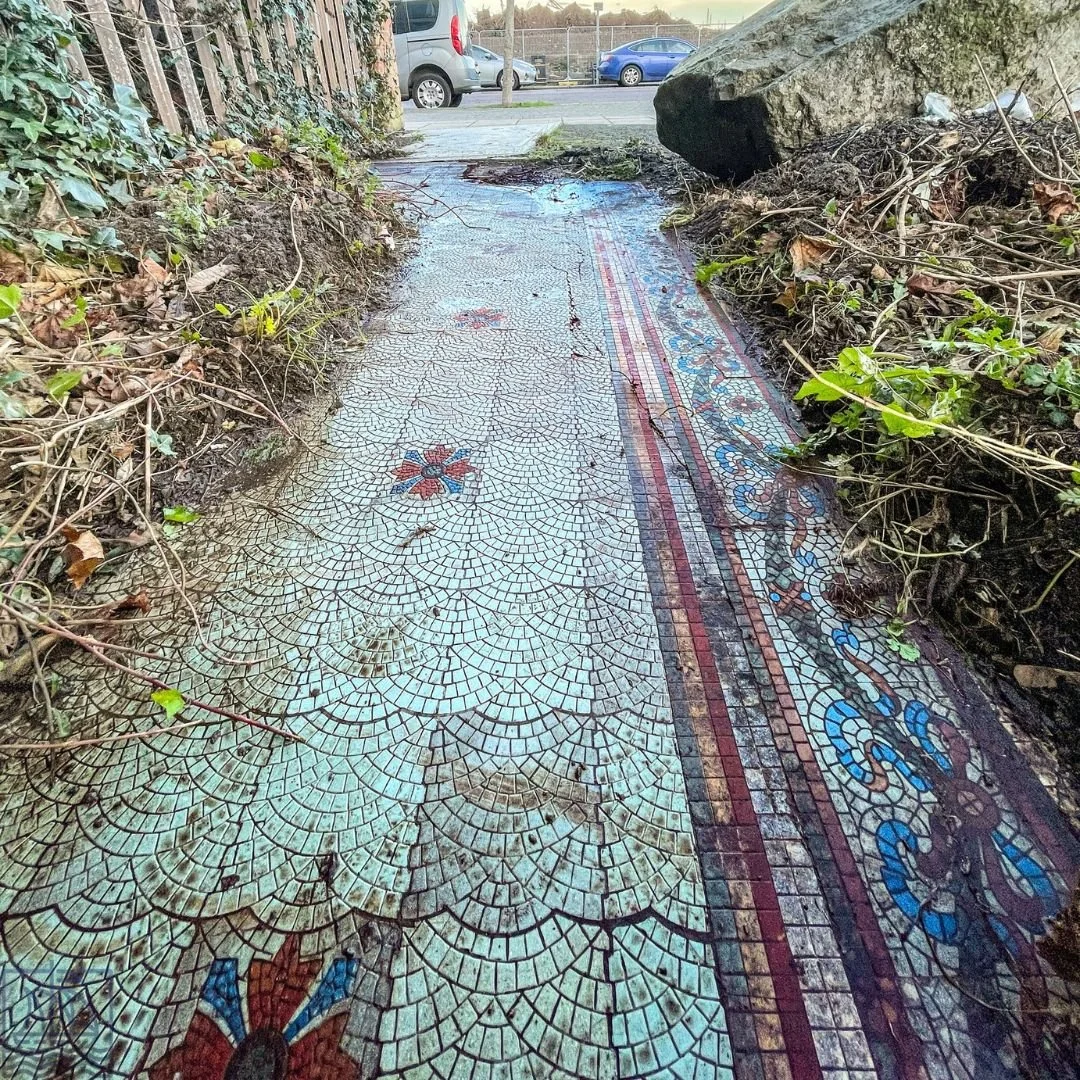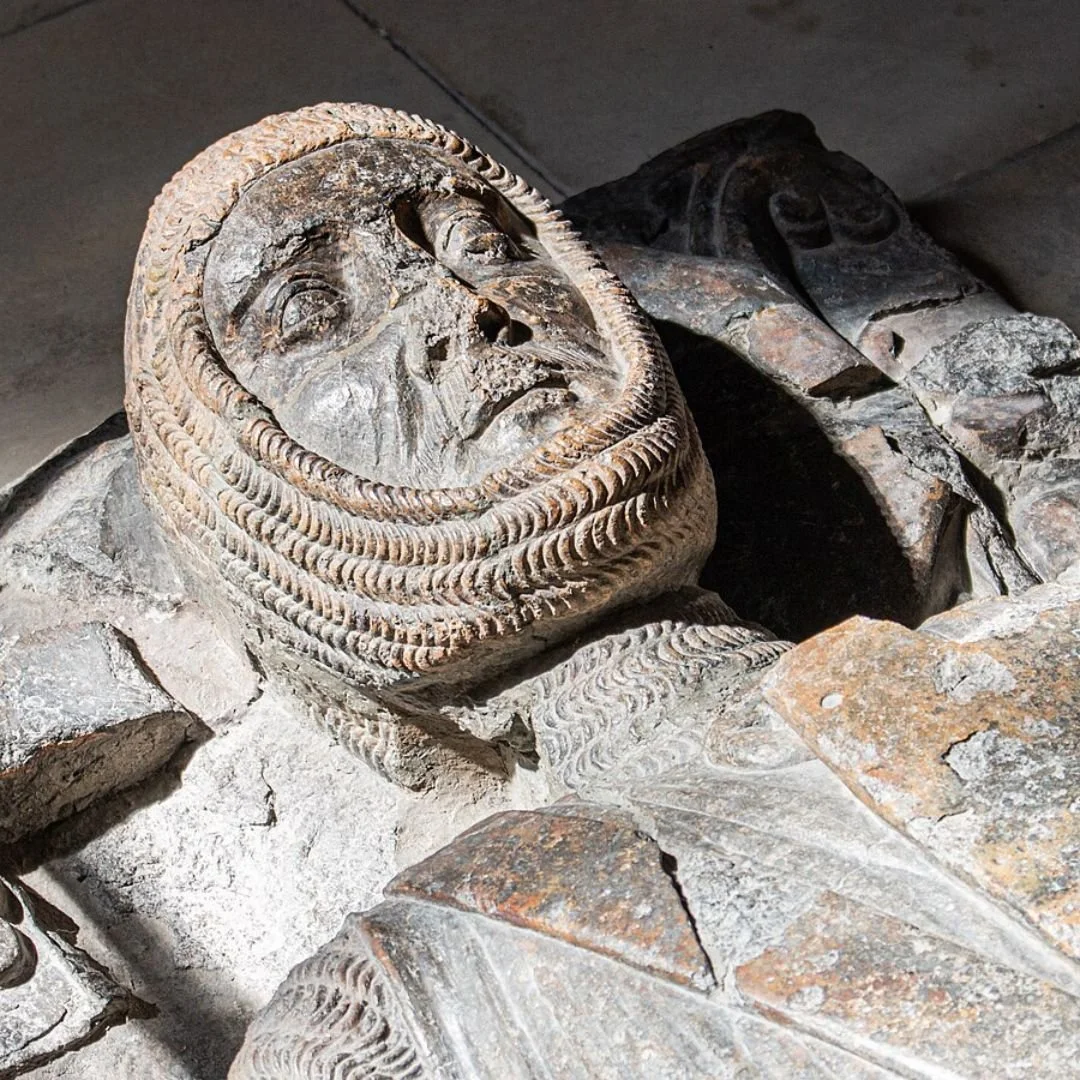Slavery Abolition Act: Slavery Abolished Across British Empire
On this day in 1834 (August 1), the Slavery Abolition Act came into force across most of the British Empire, freeing around 800,000 enslaved people across its territories.
It was one of the most remarkable moments in human history.
This landmark law brought an official end to slavery across most of the British Empire, freeing around 800,000 enslaved men, women, and children in the Caribbean, South Africa, and Canada as well as in a small number of other territories.
Yet, while the Act was monumental, freedom did not arrive overnight in the way many might imagine.
The law introduced a controversial “apprenticeship system,” requiring many of the newly freed to continue working for their former enslavers for up to six years (later reduced to four) before they were fully emancipated.
The British government also paid £20 million in compensation – not to the enslaved, but to slave owners for the loss of their "property."
It was one of the largest payouts in British history, financed by taxpayers, and it took until 2015 for the debt to be fully repaid.
Despite these limitations, 1 August 1834 remains a turning point in human history.
It marked the first time a major colonial power legally dismantled the institution of slavery across such a vast empire.
It inspired abolitionist movements across the globe and became a rallying point for those who continued to fight for civil rights and justice in the centuries that followed.
Enslaved people in the British Empire, particularly in the Caribbean, lived under brutal and dehumanising conditions.
Most worked on sugar plantations, which demanded relentless, backbreaking labour year round, while others were forced to cultivate crops like coffee, cotton, and tobacco, or served in colonial households as domestic servants.
A smaller number were used as skilled labourers, such as carpenters or blacksmiths, but remained enslaved and under complete control of their owners.
Life for the enslaved was harsh and inhumane.
They typically worked 10–14 hours a day with no pay, facing routine violence, including whippings and mutilation, as punishment.
Families were often torn apart through sales, while disease, malnutrition, and poor living conditions led to high death rates.
Despite this, enslaved people resisted their oppression in countless ways, preserving their cultures, running away, and leading uprisings, such as the Baptist War of 1831 in Jamaica, which played a major role in pushing Britain toward abolition.
Their courage and resilience were central to the eventual end of slavery in the British Empire.
After Britain abolished the slave trade in 1807, the Royal Navy became one of the most important forces in the fight against transatlantic slavery.
It established the West Africa Squadron, a dedicated fleet tasked with patrolling the African coast, intercepting slave ships, and rescuing the captives on board.
Between 1808 and 1860, the squadron captured more than 1,500 slave ships and freed more than 150,000 enslaved Africans, often at great risk to the sailors involved.
These missions were incredibly dangerous.
Naval crews faced violent clashes with heavily armed slavers, many of whom would rather sink their ships than be caught.
On top of this, sailors endured deadly tropical diseases, with some squadrons suffering higher death rates from illness than in battle.
Despite these risks, the Royal Navy maintained a long and relentless campaign, using Britain’s maritime dominance to choke off the transatlantic slave trade.
The Navy’s role didn’t just stop at British ships.
Britain used its naval power to pressure other nations into ending their slave trades, signing treaties with countries like Spain and Portugal to restrict slaving operations.
In this way, the Royal Navy helped to extend Britain’s abolitionist policies far beyond its own empire, turning the fight against slavery into a global effort at sea.
However, while the Royal Navy’s West Africa Squadron freed tens of thousands of enslaved Africans from captured slave ships, freedom was only the beginning of a difficult and uncertain journey.
Many of those rescued were taken to Freetown, Sierra Leone, a British colony established as a settlement for freed slaves.
Here, they faced the challenge of rebuilding their lives in a new and often unfamiliar environment, far from their original homes and cultures.
Life in Freetown was harsh.
Freed people had to navigate unfamiliar social structures, learn new languages, and adapt to different climates and economies.
Resources were limited, and many struggled with poverty, disease, and lack of opportunities.
The trauma of capture, the Middle Passage, and enslavement left deep psychological scars, making the transition to freedom fraught with hardship.
Even after the Slavery Abolition Act of 1833 freed enslaved people within the British Empire, challenges persisted.
Despite these obstacles, freed people showed incredible resilience.
If you enjoyed this blog post, please follow Exploring GB on Facebook for more!
Don’t forget to check out our latest blog posts below!
Thank you for visiting Exploring GB.



















